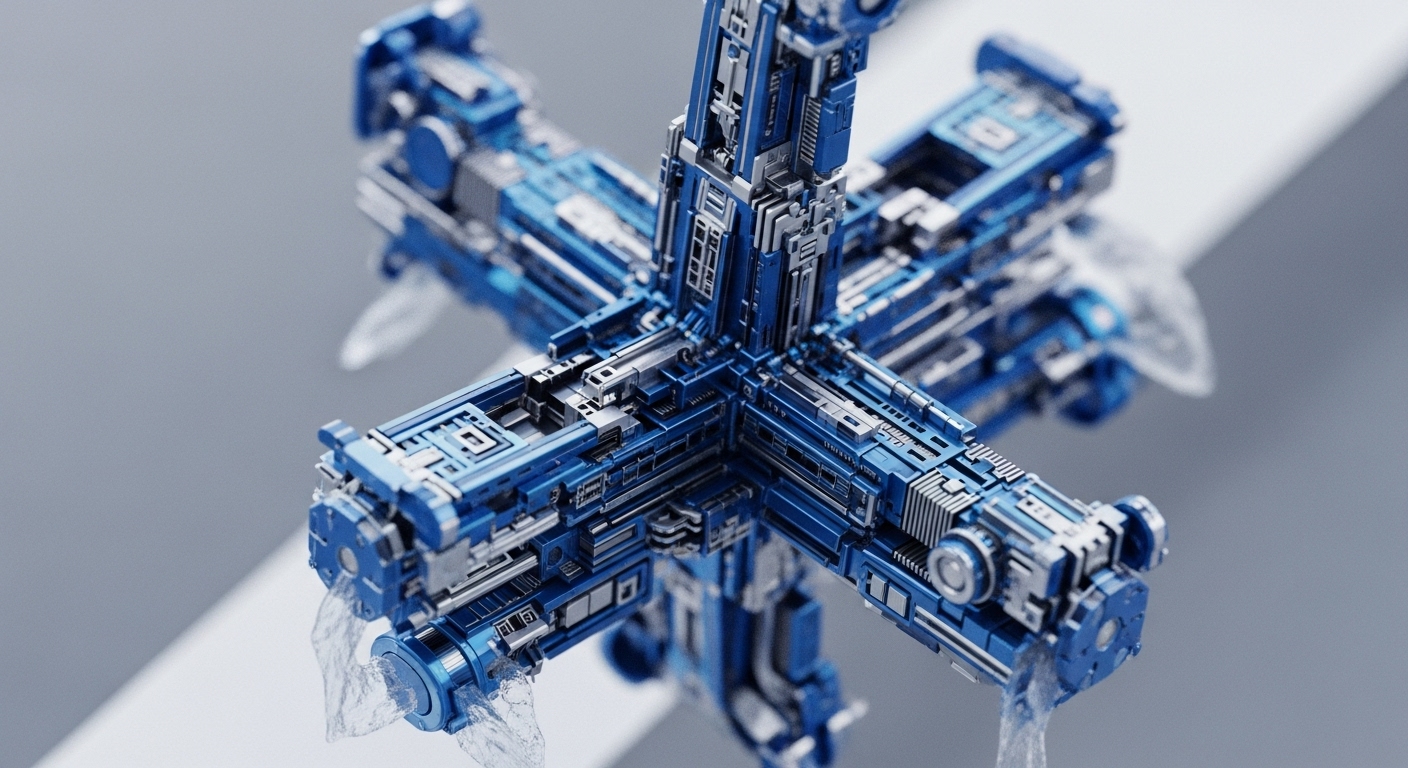
Briefing
D3 Global has launched Mizu, a DeFi platform for fractionalized domain trading, and Interstellar, a next-generation domain marketplace, both operating on the Doma Protocol. This innovation fundamentally alters the digital asset landscape by converting traditional internet domains into programmable, yield-generating real-world assets within the Web3 ecosystem. The primary consequence is the unlocking of substantial liquidity for a previously illiquid asset class, empowering both domain owners and Web3 investors. This strategic move targets a potential market of over 364 million internet domains, aiming to integrate a significant portion of the $360 billion domain industry into decentralized finance.

Context
Before this development, internet domains, despite their inherent value as digital real estate, remained largely illiquid and siloed from the burgeoning decentralized finance ecosystem. Owners faced significant friction in leveraging these assets for capital generation, with trading primarily confined to static marketplaces lacking the dynamic liquidity and composability inherent in Web3. This created a prevailing product gap, preventing domains from realizing their full potential as programmable, financialized assets within a broader digital economy.

Analysis
The Doma Protocol fundamentally alters digital ownership models by providing a purpose-built, DNS-compliant blockchain designed to tokenize over 364 million internet domains as real-world assets. Mizu, built on this protocol, introduces fractionalized domain trading and liquidity pools, transforming how these assets are valued and exchanged. This system enables domain owners to unlock liquidity from previously static assets, while simultaneously offering Web3 traders access to a massive new RWA class for speculation and yield generation.
The impact extends to competing protocols by establishing a new primitive for asset tokenization, potentially inspiring similar integrations of illiquid real-world assets into DeFi. Doma’s cross-chain interoperability, bridging Web2 domains (.com, net) with Web3 extensions (.sol, ape), creates a unified digital asset layer, fostering a more interconnected and capital-efficient ecosystem.

Parameters
- Core Protocols → Doma Protocol, Mizu Launchpad, Interstellar Marketplace
- Asset Class → Internet Domains (Real-World Assets)
- Underlying Blockchain → Doma Protocol (purpose-built, DNS-compliant)
- Targeted Market Size → 364 Million Internet Domains, $360 Billion Domain Industry
- Key Features → Fractionalized Domain Trading, Liquidity Pools, Cross-Chain Interoperability
- Development Status → Live in Testnet
- Developer Incentive → Doma’s Forge Program ($1M USDC Grant Pool)

Outlook
The introduction of DomainFi via Mizu and Doma Protocol marks a significant step in expanding the definition of real-world assets within Web3. The next phase will likely involve moving beyond testnet to mainnet, demonstrating robust on-chain liquidity and trading volume for tokenized domains. This innovation holds the potential to be copied or integrated by other RWA protocols seeking to tokenize diverse asset classes, establishing a new foundational building block for DeFi. The strategic integration of Web2 and Web3 domains creates a powerful network effect, positioning Doma as a critical bridge for digital asset interoperability and a catalyst for new dApps built upon domain-backed primitives.

Verdict
D3 Global’s Doma Protocol and Mizu Launchpad establish a critical new primitive for real-world asset tokenization, fundamentally enhancing the liquidity and financial utility of internet domains within the decentralized application layer.
